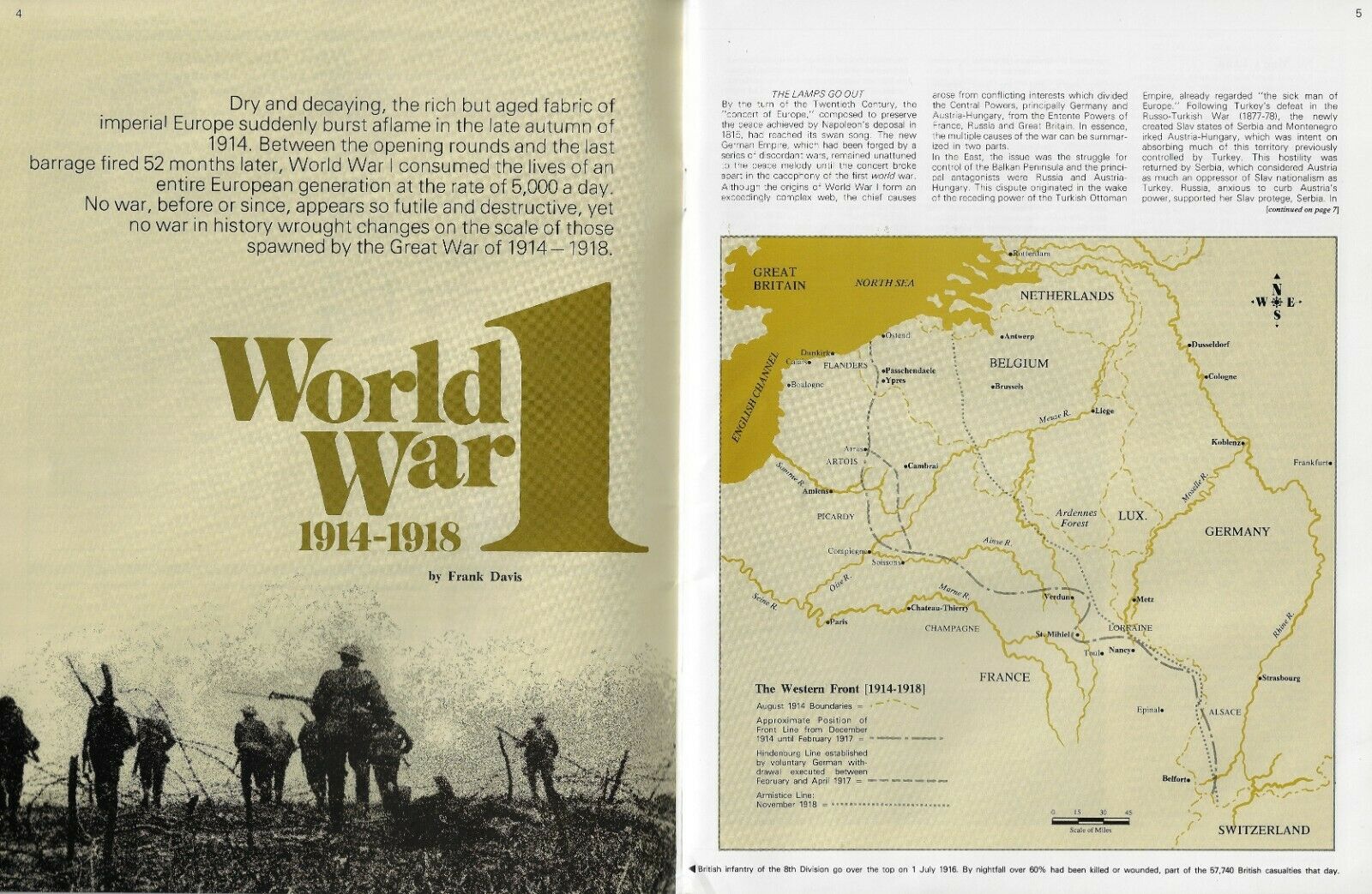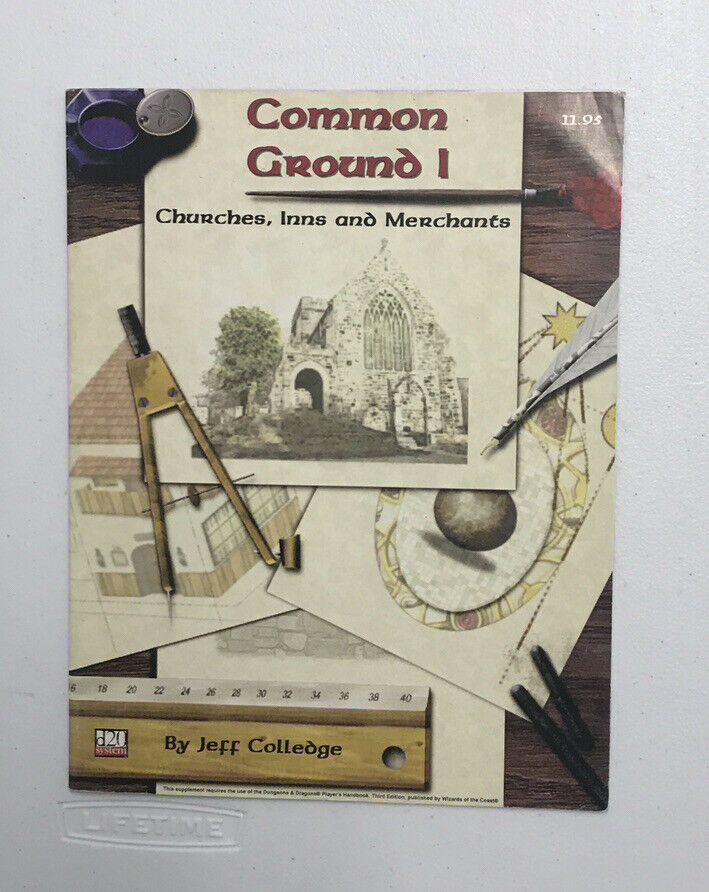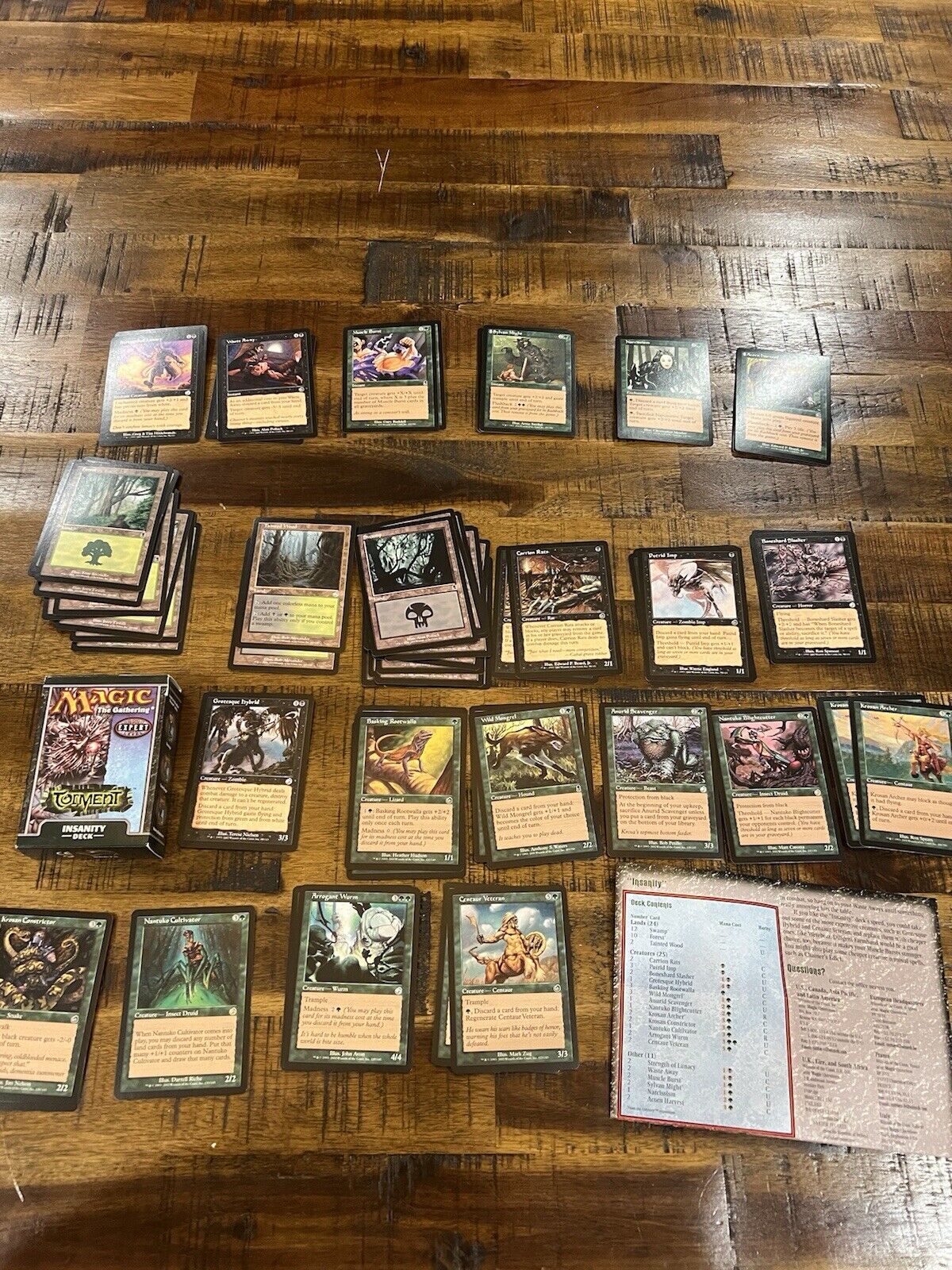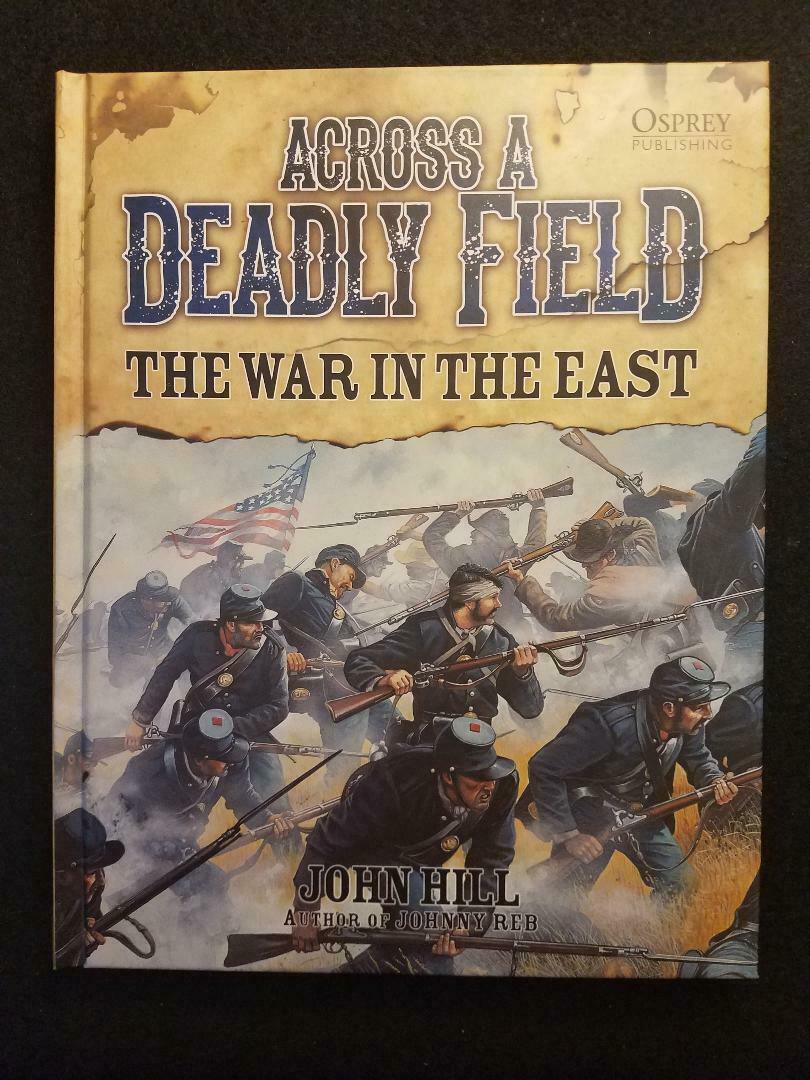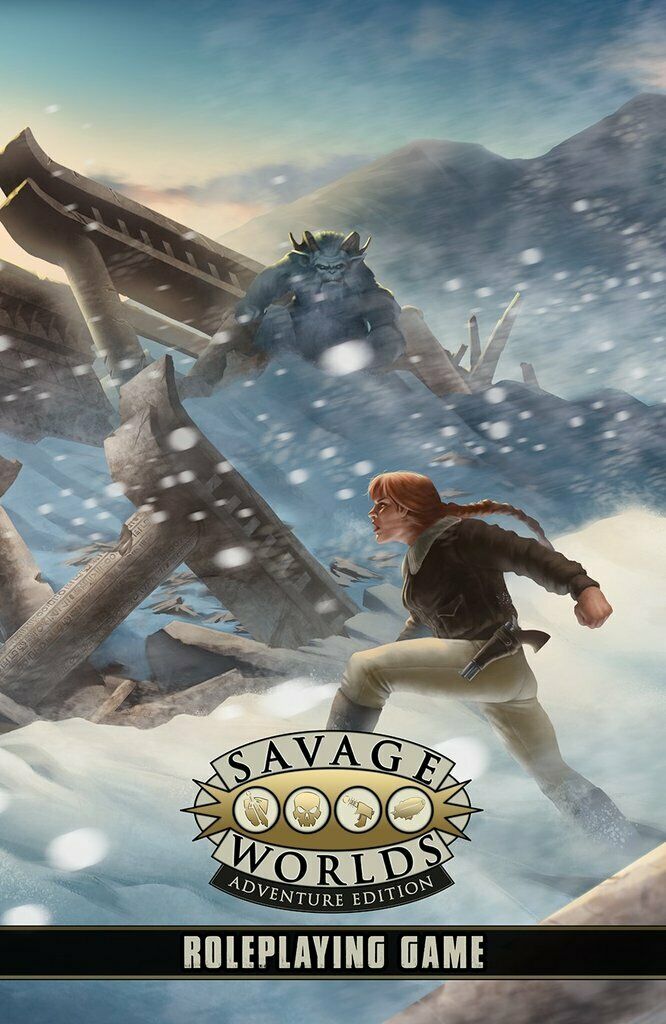-40%
Strategy & Tactics S&T #51 World War I 1914-1918 Fast Carriers SPI play copy
$ 22.3
- Description
- Size Guide
Description
Strategy & Tactics #51World War 1
1914-1918
World War I is a simulation on the army level of the land combat in Europe from 1914 to 1918. the simulation is primarily a land conflict with the secondary influence of naval forces abstractly simulated. The game covers five years in semi-annual (six-month) turns.
(Great Review by Sandy Peterson c Boardgamegeek.com)
World War 1 is a tough conflict to make fun for gamers. The units are largely boring and similar – no tank divisions or paratroops and few or no distinctive elite units. The campaigns are mostly noted by their indecisive nature, and lack of mobility. Even when something does happen, it’s hard to model. Look at Vittorio Veneto, as decisive a campaign as ever took place – the Italian army moves forward a few miles and suddenly the bulk of the Austro-Hungarian army surrenders and their regime collapses. When you compare these kinds of activities to other wars (in WW2, the Red Army fought in the streets of Berlin; in the American Civil War Sherman marches to the sea; In 1812, Napoleon occupies Moscow, to his sorrow), you see the problem.
How do you keep two players interested in a war during which, for long stretches, little seems to happen? Except people dying by the thousands to what appears little effect.
Well, Jim Dunnigan and his team managed to pull this trick off. World War I is not only one of my favorite WW1 games, it is actually, one of my favorite wargames, particularly if I only have an evening to play.
How is it all done?
The game is unprepossessing at first glance. It is a small, drab map, with small, drab counters. All the counters for a given national are identical (with a few minor exceptions), and just have a picture of a hat, along with two numbers as attack/defense. For example, the Turks are 1/4 for a crappy attack of 1 and a decent defense of 4. The Russians are a nice balanced 3/3. The French are offensively focused as 4/3s, and so forth.
The combat system is a differential but does not function like other systems I’ve seen – increasing your odds does not raise your chance of success – not really. Instead it increases the losses for both sides! In general, the attacker should expect to take more losses than the defender (remember which war this is, after all). A roll of 1 is always good for the attacker, and for many combat differentials is the only roll on which the attacker losses will be less than the defender’s. A roll of 6 is always a disaster for the attacker – every “6” is worthy of comment, at least when I play this game.
The results of the table are numbers read as attacker losses / defender losses. For instance, one of the most common results is 3/2, meaning the attacker loses 3 points and the defender 2 points. What do these points do? You can apply the numerical losses in one of three ways. The least attractive method is for the defender to retreat one hex per loss (the attacker can’t do this). The map-board is small, as I said, and it’s not fun to give up territory. Only the Russians can really afford to do it, and even they can’t do it too much. The second least attractive method is to kill one of the units in the combat. Obviously, that sucks – but it does satisfy all losses. But the most common way to satisfy losses is by losing RPs. Each nation has an RP counter on a track, representing their manpower. If Austria-Hungary loses 3 points in an attack, all they have to do is lower their RP counter from, say, 24 to 21, and they’re done. RPs, in effect, shield you from the effects of combat – you don’t lose units, and you don’t retreat. You just move a little counter along a track on the game board. It’s bloodless. At least, that’s what you think at first.
The game turn is carefully worked out. First the allies move, then the Central powers. You can’t move units directly from a ZOC into another one, even through a friendly unit. This means that it’s easy for your units to be “locked” in place, immobilized. Don’t worry though, it’s a common occurrence in World War I. Deal with it. Generally speaking your armies just line up on the front and hammer away, so you don’t have to move them that much, except in Russia, or when you are shifting armies from one front to the other, which is surprisingly easy using your internal rail lines as Germany and Austria (not so easy for the West though)
After movement there are six combat phases! First one side attacks, then the other. Then this is repeated twice more, so each side gets 3 attacks a round. After all the combat is over, all the nations receive new RPs according to a schedule (over time, the number of RPs drops) and they add to their track, plus can build new units if they wish (which cost 5 RPs each).
But what does it all mean?
Here’s what this combat system does in practice – in a given turn your goal is to reduce a particular target nation to 0 RPs, so that your attacks will start forcing that nation into retreat or losing units. In game terms, this is what happened at battles like Caporetto, or Amiens, which is why they were decisive. Since the attacker loses more RPs than the defender, you can only succeed in an offensive if you have two nations ganging up on a third, or if your nation is a powerhouse with more RPs overall.
So, what does this mean in game terms? Well, let’s say Germany wants to capture Warsaw from the Russians. Both Germany and Austria attack the Russians, hoping to devastate the Russian RPs (they have a good chance of doing this, because a special rule means the Russians take double losses against the Germans). At the same time, the British and French, if they’re wise, will launch a massive offensive against the Germans, trying to reduce the German RPs so they can’t keep up their attack. Plus, in the south, the Italians attack the Austrians, reducing Austrian RPs, so the Germans can’t rely on Austria to take all the losses in the battle. Essentially the Germans are trying to use the Austrians to pad out their army, and the British, French, and Italians are trying to undercut this.
It goes further –Britain and France are encouraged to land in Turkey, because they can lend RPs to Russia if they can force the Dardanelles. Of course, this can prove problematic, because if the Turks aren’t defeated, they can start draining British and French manpower, weakening the Western Front.
I find that the RP track draws everyone’s attention. Watching that track move down ever-nearer to 0 provides excitement and anticipation. When a nation finally hits 0, cheers resound from one side of the table and groans and recriminations from the other. The numbers are balanced enough that frequently several nations hit 0 at the same time. And, of course, if in this turn you got the French army down to a mere 2 RPs, you are usually convinced that next turn you’ll succeed of a surety, and launch your next offensive with even greater confidence. In the end, dozens of RPs (each representing doubtless tens of thousands of men) get flushed down the toilet as you order more and more futile offensives. It feels just like World War I!
Anything else?
Late game features include the introduction of German Stosstruppen, a French tank army, and the Americans, with an influx of RPs to prop up the ailing Allies. Victory is determined by victory points, and these are sadly inconvenient to calculate during the game. You get 5 points for each Resource you own at war’s end, plus Germany gets victory points for forcing Russia to surrender at an ever-declining rate (thus if Germany forces a surrender in 1917 he gets around 30 points, but in 1916 it’s more like 40-50). To balance the game in a ham-handed manner, the Allies start with 75 bonus points for their blockade. It works, but it sure is inelegant. The game works out to be close, because the Central Powers have a lot of resources at the start. If they can force Russia surrender by 1917 and hang onto a good group of French and Belgian resources in northern France, Germany will win. If Russian holds out till 1918 (perhaps because Gallipoli was a success), or if the western Allies can force a big retreat onto the Germans, they will win.
The game has a lot of simplifications. No air power; No navies; No special trench rules (though there are on-map fortifications). But what it has in spades is the feel of the relentless attrition, the national bleeding, the international connections, and the strategic options. It feels like a tightly-interconnected world, where everything affects everything else.
And it only takes an evening to play. Check it out.
Game Contents:
Rules (8pp)
100 die cut counters
22” X 17” map
Map scale is 70 KM per hex
Game Turns represent 6 months of real time.
Each Counter represents one army-sized uint.
Designed by: Jim Dunnigan & Joseph Miranda
Developed by: Kip Allen
Magazine Contents
World War I – 1913-1918
(Extensive historical Article by Frank Davis. Includes: The Lamps go out; Manpower, Mobilization and Planning; War Plans: Germany; War Plans: France and Britain; War Plans: Austria and Russia; War Plans: Italy and Turkey; Belgium and the battle of the Frontier 4-24 August, 1914; The Marne, 5-14 September, 1914; The Race to the Sea 15 September – 24 November, 1915; The Tannenberg Campaign – 15 August – 15 September, 1914; The Western Front, 1915-1917; The Back Door –(Turkey, Italy and the Balkans) 1915-1917; The Eastern Front, 1915-1917; Kaiserschlacht, 1918
Maps:
The Western Front (1914-1918); Eastern Front (1914-1918)
Sub-Articles:
No Man’s Land; The Naval War; Over the Top; The Breaking Point; The High Command
Charts:
Statistical Comparison of the First and Second World Wars; Principal Commanders of World War I
The Fast Carriers – A Weapons Systems Survey – 1917-1975
(Extensive historical article by Martin Campion
Charts:
Compendium of Aircraft Carriers’ Escort Carriers; Carrier-borne Aircraft; Fleet Carrier Operations
Sub-Articles:
The Elements of the Aircraft Carrier; Sinking Carriers; Carrier Supply in WWII)
Simulation: World War I
(James F. Dunnigan & Redmond A. Simonsen.)
Briefings
(Micro-Mini Reviews of Recently Published Wargames; Recently published non-wargames and Selected books for the History-Gamer.)
World War I Game Simulation Notes
(Players notes plus the Game as History
This is superior shape copy play that may have a bit of shelf wear or staple rust. There is a 1 cm corner crunch on the spine. The rules are still bound in. The counters are carefully sorted and bagged. The issue is crispy clean, unmarked and guaranteed complete.
Special note on “play copies”: We take great care to sort, bag components and insure that every game is complete. We always guarantee everything we sell. Please contact us immediately if you discover a problem or omission and we will take care of you promptly. Thank you - egor.
SPIS&T051 July/August 1975 40pp Magazine, 8pp rules, counters, map
There is no charge to ship this item to a domestic US address via Media Mail. We must caution that Media Mail is very slow and can take 2-5 weeks to reach you (despite what the post office ‘claims’ is their normal delivery with this service). We always send tracking numbers if they are available when we generate your shipping label.
All other shipping (including Foreign) is dependent on the weight of the package, choice of service and distance shipped from zip code 14468. There are no additional discounts for combined shipping but we will always send a refund if estimated postage is less than expected.
This item would weigh just under 0.94 pounds (0.43 kg) when packaged for shipping.
Be sure to add me to your
Favorites list
Visit our Ebay Store


